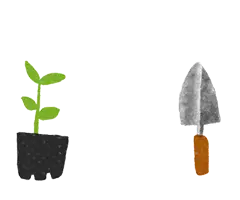Part 5General provisions
53BAuthority under section 53 to kill wildlife incidentally: consistency with protection of wildlife
To avoid doubt, the Director-General may grant an authority referred to in section 53A only if it is consistent with the protection of wildlife.
The authority is to be treated as consistent with the protection of wildlife if, in granting it, the Director-General is satisfied that its overall effect would be consistent with the protection of—
- populations of wildlife; and
- individual wildlife.
In determining whether the overall effect of the authority would be consistent with the protection of populations of wildlife, the Director-General must have regard to—
- any potential adverse effects of the lawful activity on—
- populations of wildlife that the Director-General is satisfied may be affected by the lawful activity; and
- the viability of the species to which that wildlife belongs; and
- populations of wildlife that the Director-General is satisfied may be affected by the lawful activity; and
- the extent to which the authority (including any conditions that the Director-General proposes to impose on the authority) addresses those potential adverse effects; and
- any other matter that the Director-General considers is relevant.
The Director-General may be satisfied that the overall effect of the authority would be consistent with the protection of individual wildlife only if satisfied that the holder of the authority will take reasonable steps (including by complying with any relevant conditions imposed on the authority) to avoid, minimise, and mitigate any adverse effects of the lawful activity on individual wildlife.
In granting the authority, the Director-General is not required to be satisfied—
- that the lawful activity is itself consistent with the protection of wildlife; or
- that each individual act of killing, viewed in isolation, would be consistent with the protection of wildlife.
Notes
- Section 53B: inserted, on , by section 4 of the Wildlife (Authorisations) Amendment Act 2025 (2025 No 22).


